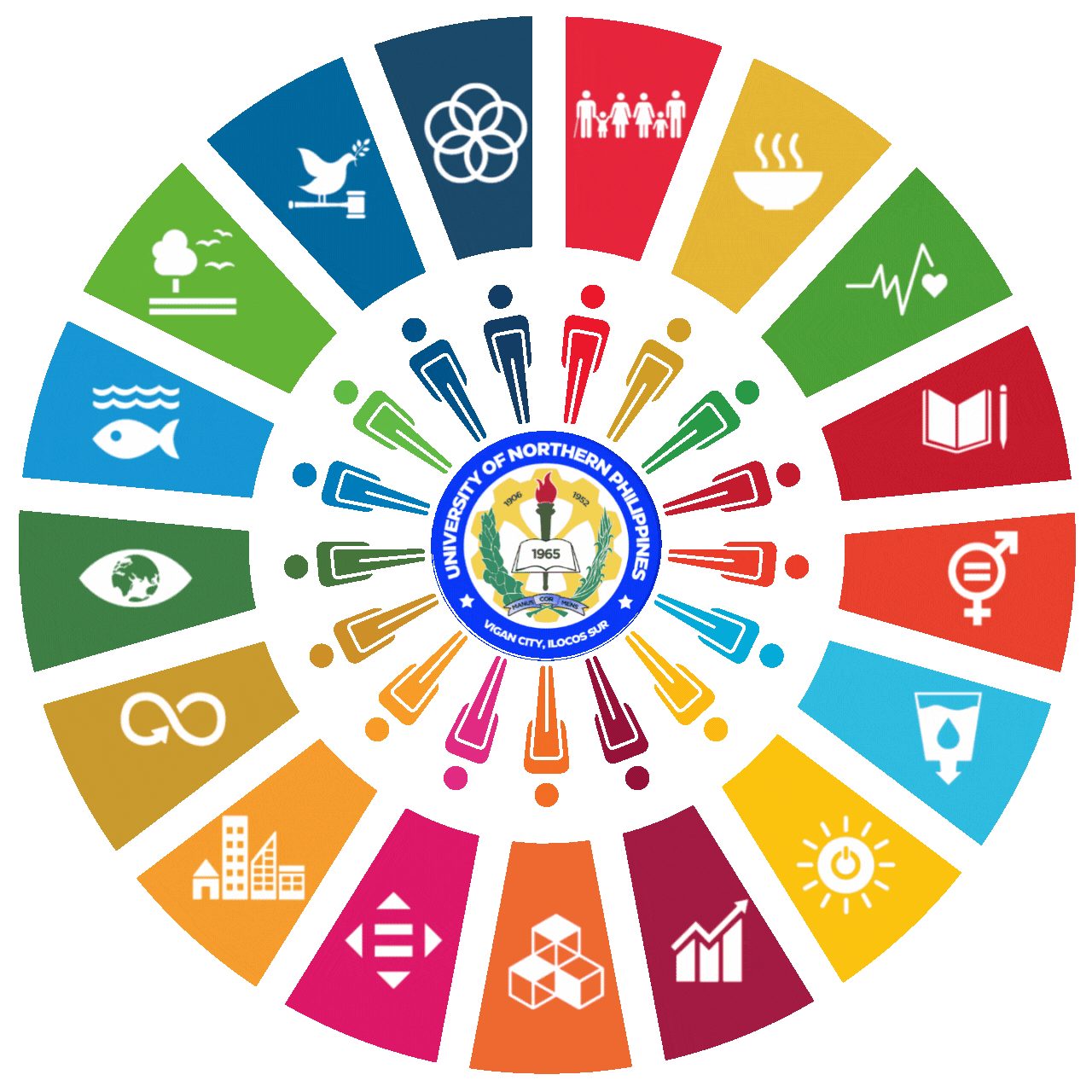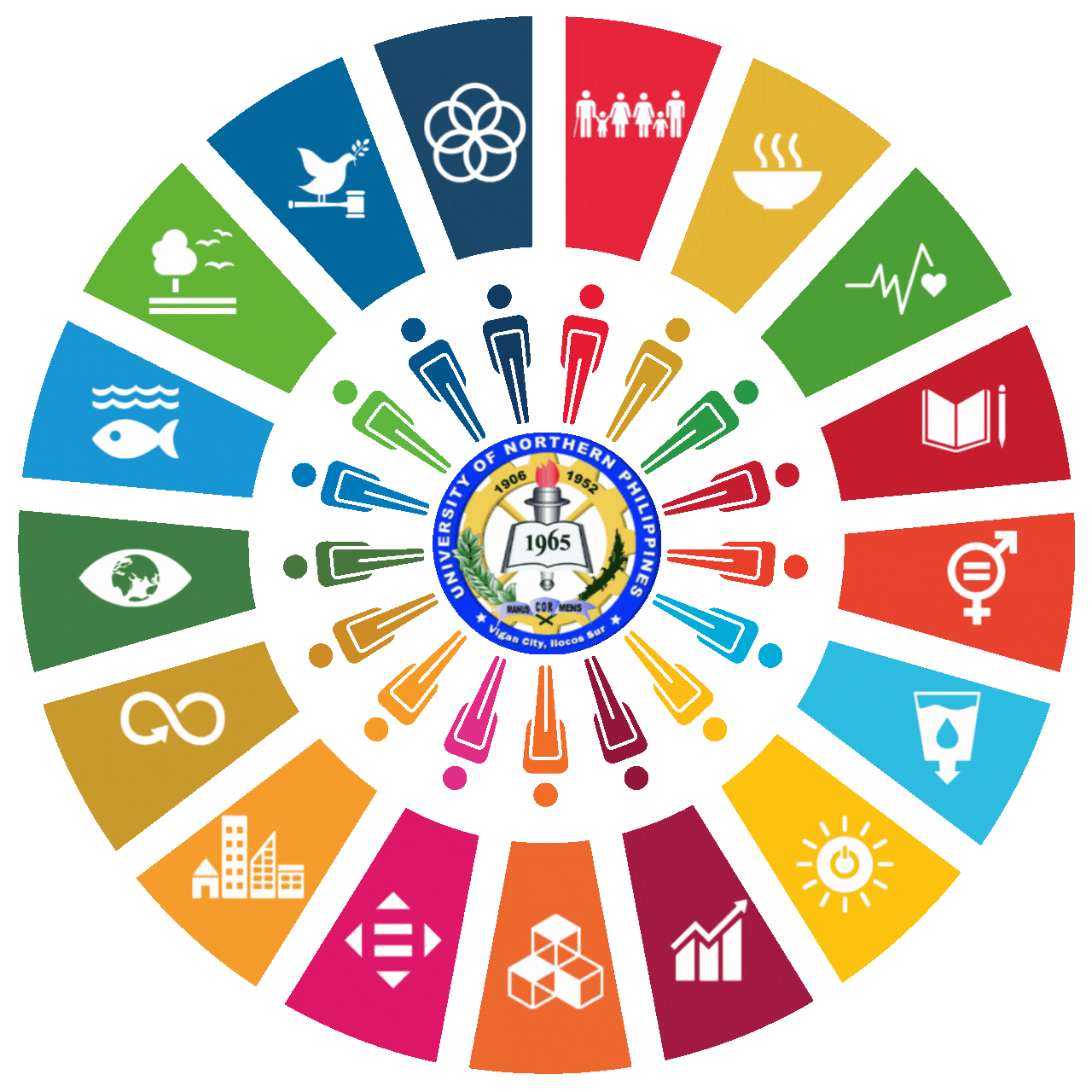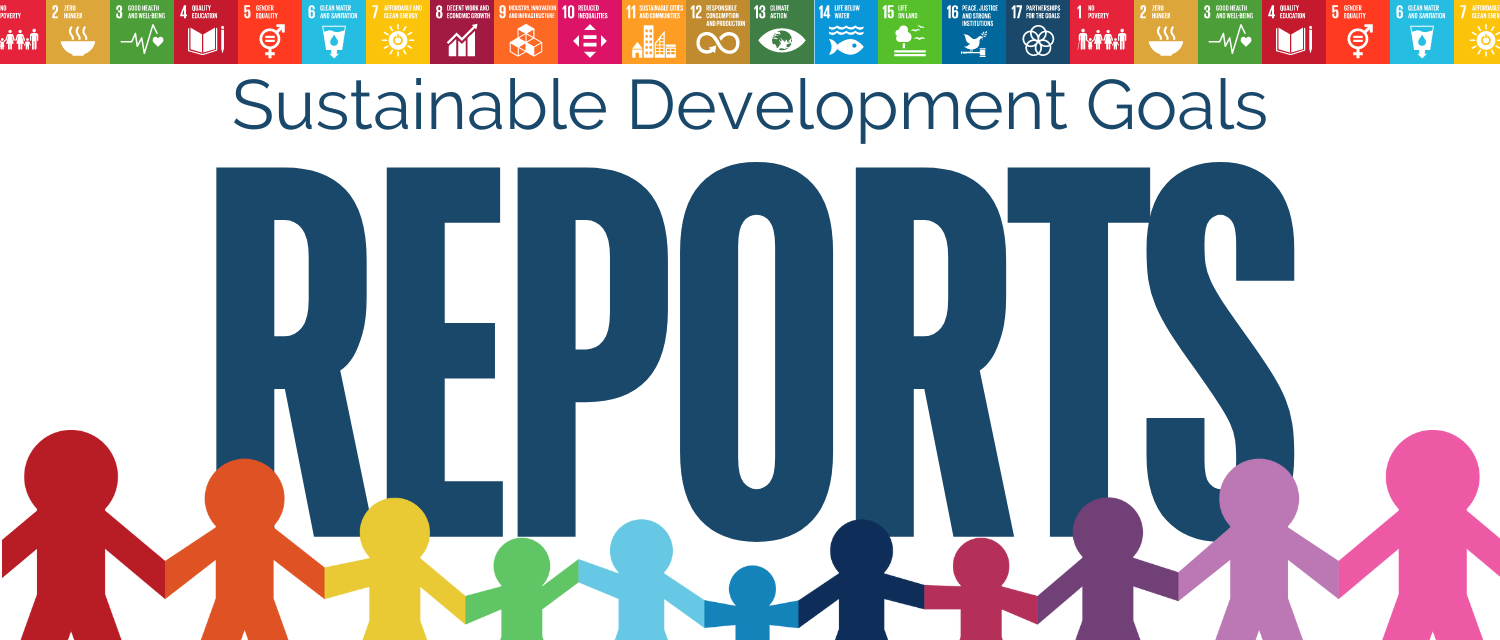

SDG 15 - LIFE ON LAND
The University of Northern Philippines (UNP) is deeply committed to contributing to the achievement of Sustainable Development Goal 15: Life on Land. Recognizing the critical importance of protecting, restoring, and promoting the sustainable use of terrestrial ecosystems, UNP has integrated this commitment into its core functions of teaching, research, and extension. Through a variety of initiatives and programs, UNP actively engages its students, faculty, and the wider community in efforts to conserve biodiversity, combat land degradation, and promote sustainable practices. This commitment is driven by a recognition of the interconnectedness between human well-being and the health of our planet, and a belief in the power of education and collective action to create a more sustainable future for all.
Epitome of Benevolence: An Extension Program on Environmental Social Responsibility and Personal Finances
In partnership with the Ilocos Sur Environmental Enthusiasts (ISEE), Bantay West Integrated Central School and the College of Business Administration and Accountancy—BSA, the JPIA-UNP Chapter, led by the newly crowned Mr. and Ms. Ambassador of Goodwill (AOG), led an extension program on Environmental Social Responsibility and Personal Finance as they expressed their outmost support and ray of hope to the pupils of Bantay Integrated West Central School.
This activity aimed to empower the aspirations of every child, to ensure that they are all valid, and to hope that all their dreams are realizable with determination and hard work.
In the process, the activity hopes to teach children environmental social responsibility in ways as simple as segregating wastes, disposing them properly and using water bottles in order to reduce wastes from Single-use Plastics (SUPs).
This activity appears to be strongly aligned with SDG 15: Life on Land, specifically focusing on Target 15.1: By 2020, ensure the conservation, restoration and sustainable use of terrestrial and inland freshwater ecosystems and their services, in particular forests, wetlands, mountains and drylands, in line with obligations under international agreements.
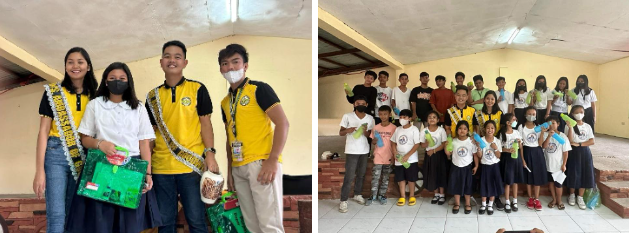
The activity promotes environmental social responsibility among children by educating them on proper waste management, including waste segregation and disposal. This directly contributes to the conservation and sustainable use of terrestrial ecosystems by minimizing pollution and promoting responsible resource management. By encouraging the use of reusable water bottles, the activity also aims to reduce waste from single-use plastics, which often end up polluting land and water ecosystems. This initiative helps protect biodiversity and maintain the health of ecosystems by reducing plastic pollution and its negative impacts on wildlife and their habitats.
Furthermore, by involving children in these activities, the program fosters environmental awareness and responsibility from a young age. This contributes to building a generation that is conscious of its impact on the environment and actively participates in its protection and sustainable use. This aligns with the overall aim of SDG 15 to conserve and sustainably use terrestrial ecosystems for the benefit of present and future generations.
Training on Herbal Gardening for Sustainable Livelihood
The Department of Mathematics and Natural Sciences extended assistance to the GK Candon community by imparting indigenous techniques on herbal gardening utilizing materials available in the locality.
This activity aligns with SDG 15: Life on Land, particularly Target 15.a: Mobilize and significantly increase financial resources from all sources to conserve and sustainably use biodiversity and ecosystems. It also has elements related to Target 15.4: By 2030, ensure the conservation of mountain ecosystems, including their biodiversity, in order to enhance their capacity to provide benefits that are essential for sustainable development.

By imparting indigenous techniques on herbal gardening using local materials, the Department of Mathematics and Natural Sciences is promoting the sustainable use of biodiversity and ecosystems. This approach encourages the use of naturally available resources, reducing reliance on external inputs and promoting self-sufficiency. Herbal gardening can contribute to the conservation of mountain ecosystems by providing alternative livelihoods and reducing pressure on natural resources.
Furthermore, this initiative empowers the GK Candon community with knowledge and skills to cultivate their own herbs, potentially leading to improved health and economic benefits. This aligns with the broader objective of SDG 15 to ensure the conservation and sustainable use of terrestrial ecosystems for the benefit of present and future generations. By promoting indigenous knowledge and practices, the activity also contributes to preserving cultural heritage and promoting biodiversity conservation.
Greening Tomorrow: UNP COE Mandated and Accredited Officers Unite for a Clean-Up Drive
By removing waste and debris from Nansuagao, Caoayan, the initiative directly contributes to restoring the terrestrial ecosystem affected by Typhoon Egay. The collected waste, including plastics, glass, and Styrofoam, can have detrimental effects on soil health, water quality, and biodiversity. Removing this debris helps to restore the natural environment and protect the local ecosystem. Furthermore, the clean-up drive raises awareness about the importance of environmental stewardship and encourages eco-conscious practices within the community.
This clean-up drive aligns with SDG 15: Life on Land, specifically with Target 15.1: By 2020, ensure the conservation, restoration and sustainable use of terrestrial and inland freshwater ecosystems and their services, in particular forests, wetlands, mountains and drylands, in line with obligations under international agreements. It also has elements that touch on Target 15.3: By 2030, combat desertification, restore degraded land and soil, including land affected by desertification, drought and floods, and strive to achieve a land degradation-neutral world.
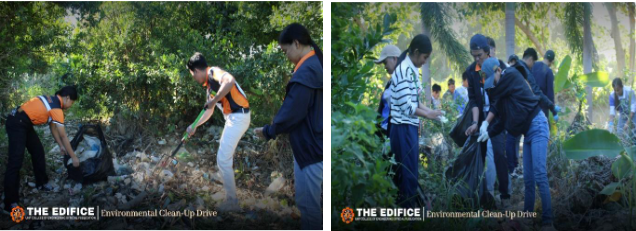
This action contributes to the sustainable use of terrestrial ecosystems by mitigating the negative impacts of pollution and promoting responsible waste management. By actively involving students and community members, the initiative fosters a sense of responsibility for the environment and encourages collective action towards achieving a cleaner and more sustainable future. This aligns with the overall goals of SDG 15 to protect, restore, and promote the sustainable use of terrestrial ecosystems.
Salwad Aglawlaw Program (Protect the Environment)
The coastal clean-up drive directly contributes to restoring the coastal ecosystem by removing debris and waste that can harm marine life and pollute the shoreline. This action helps to conserve biodiversity and maintain the health of the coastal environment. Additionally, the eco-lecture series raises awareness about environmental governance, sustainable development goals, and community-based resource management, empowering the community with knowledge and tools to protect their natural resources.
This activity, the “Salwad Aglawlaw Program,” demonstrates a multifaceted alignment with SDG 15: Life on Land. It primarily focuses on Target 15.a: Mobilize and significantly increase financial resources from all sources to conserve and sustainably use biodiversity and ecosystems, and Target 15.3: By 2030, combat desertification, restore degraded land and soil, including land affected by desertification, drought and floods, and strive to achieve a land degradation-neutral world.
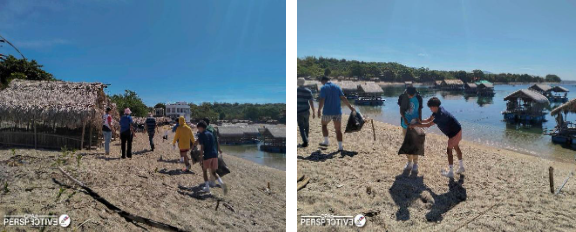
By promoting ecological solid waste management and sustainable practices, the program encourages responsible resource use and helps to combat land degradation. This initiative fosters a sense of community ownership and responsibility for environmental protection, contributing to the long-term conservation and sustainable use of terrestrial and coastal ecosystems. The collaboration between the university and the local government demonstrates a commitment to mobilizing resources and expertise to address environmental challenges and achieve the targets outlined in SDG 15.
